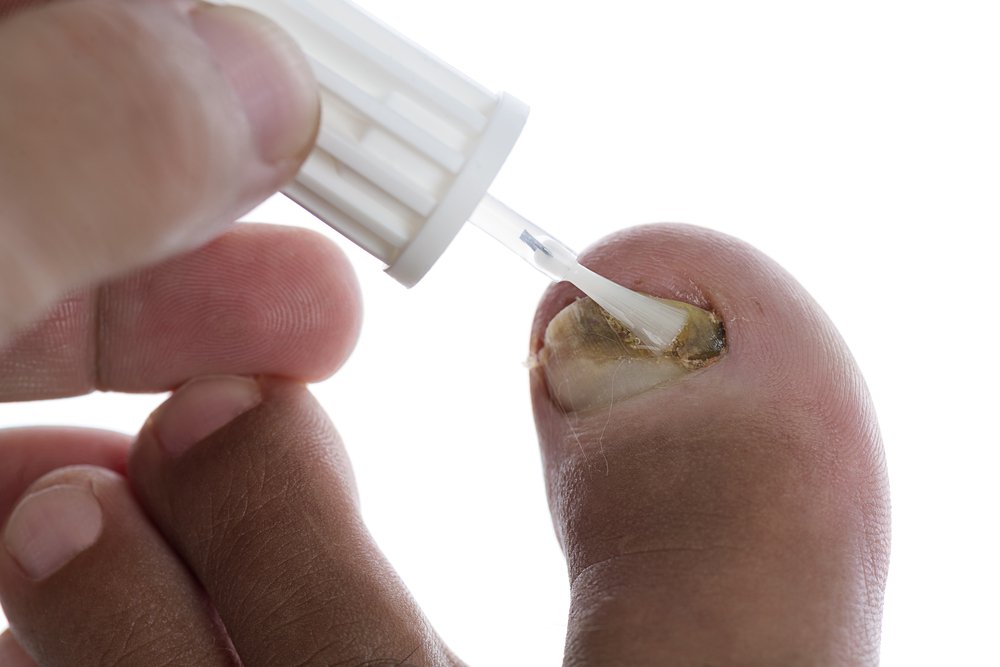 Nail fungus, also called onychomycosis, is a very common condition that causes thickened, discolored, brittle, and crumbly nails on the hands or feet. Fungus is more likely to occur on the toenails than the fingernails because our toenails grow more slowly, have a reduced blood supply, and are often confined in dark, moist environments.
Nail fungus, also called onychomycosis, is a very common condition that causes thickened, discolored, brittle, and crumbly nails on the hands or feet. Fungus is more likely to occur on the toenails than the fingernails because our toenails grow more slowly, have a reduced blood supply, and are often confined in dark, moist environments.
While toenail fungus is experienced by many as merely an embarrassing cosmetic issue, it’s important to note that it can lead to more severe symptoms in older adults and diabetics. Furthermore, fungal nail infections rarely go away on their own, and can spread to other nails on the foot.
Risk Factors For Toenail Fungus
Toenail infections can happen to anyone, however, you are more likely to experience this condition if you fit one or more of the following criteria:
- Being an older adult
- Hyperhidrosis (excess sweating)
- A nail injury or nail surgery
- Diabetes
- Psoriasis
- Weakened immune system
- Blood circulation problems
- Athlete’s foot
How To Prevent Toenail Fungus
Nail fungus often develops as a result of athlete’s foot, so preventing athlete’s foot can also help you avoid toenail fungus.
Practice the following tips to minimize your risk:
- Wash your feet regularly, especially after touching an infected nail.
- Dry your feet thoroughly after showers, baths, or swimming.
- If you go to nail salons, make sure they are licensed and using only sterilized tools.
- Trim your toenails straight across and disinfect the clippers after each use.
- Do not share clippers, socks, shoes, or towels with anyone.
- Wear flip flops at pools, communal showers, and changing rooms.
- Take your shoes off as often as possible when at home.
- Use a nail file to buff away thickened areas.
- Wear sweat-absorbing socks.
- Wear well-fitting, breathable footwear, especially if you run or jog.
- Replace your shoes or treat them with an antifungal powder.
Treatment For Toenail Fungus
Toenail fungus requires antifungal treatment with either precription medication such as Lamisil or Sporanox, or a medicated nail polish/cream. In severe cases, the toenail may have to be removed altogether. If you think you may have toenail fungus, speak to a qualified podiatrist so that they can give you a proper evaluation. It can take several months to a year for an infection to clear, so be sure to make follow-up appointments if necessary.
If you have toenail fungus, or foot or ankle injury that needs attention, the physicians at San Antonio Podiatry can help. We have years of experience diagnosing and treating sports injuries, plantar fasciitis, bunions, and much more. Check out our locations to find an office near you. Book an appointment online with one of our podiatrists, or call 210-405-7672.

